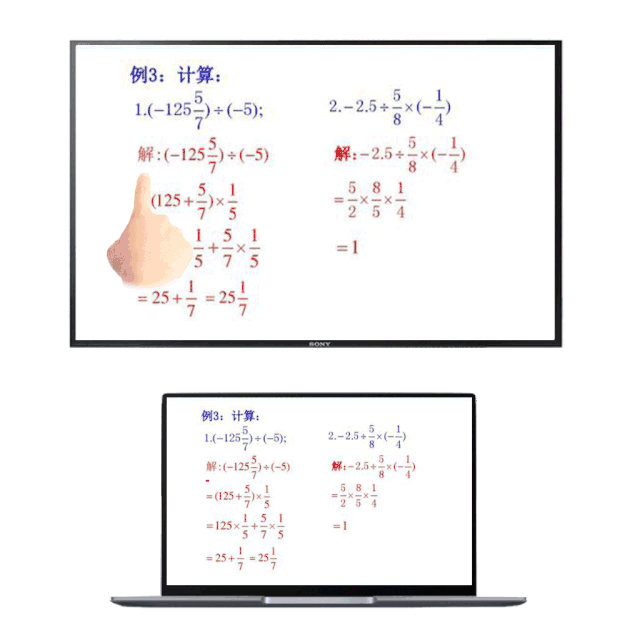Wireless Screen Projection – Wireless Screen Projection Reverse Control Function

Can I control it in reverse during wireless screen mirroring? Wireless screen mirroring and reverse control are common scenarios in conference rooms and multimedia classrooms. This article mainly introduces that in conference rooms or multimedia classrooms, while the computer is projecting a large screen, we can perform reverse control on the computer on the large screen.
To achieve wireless screen projection and reverse control, several conditions are required:
1. The wireless screen projector supports reverse control. Generally, home level TV boxes are not supported, and even home screen sharing devices that support reverse control may not achieve ideal results (many people simply use home screen sharing devices in meeting rooms and say they are not easy to use)
2. The large screen is a touch screen. The so-called reverse control is generally demonstrated on a touch screen, controlling the small screen in reverse;
3. The screen projection sender must be a Windows system (laptop, desktop, surface), or a tablet (whether it is Android or Apple). None of the phones support it.
4. The screen mirroring protocols used are Miracast and Airplay screen mirroring, and DLNA push mode does not support reverse control.

Through the Bijie wireless screen projector, the main screen can be controlled by the group, and the group can control the main screen:
- Pull group A to the main screen, and the main screen can control the screen of group A. (The same applies to other groups)
- Broadcast the main screen to group A, and group A can control the main screen. (The same applies to other groups)
The Bijie wireless screen projection box supports reverse touch control of the mobile terminal for screen projection through the touch screen, and supports reverse touch control of the projection protocol. It is currently the only projection device on the market that supports reverse touch control for protocol projection.